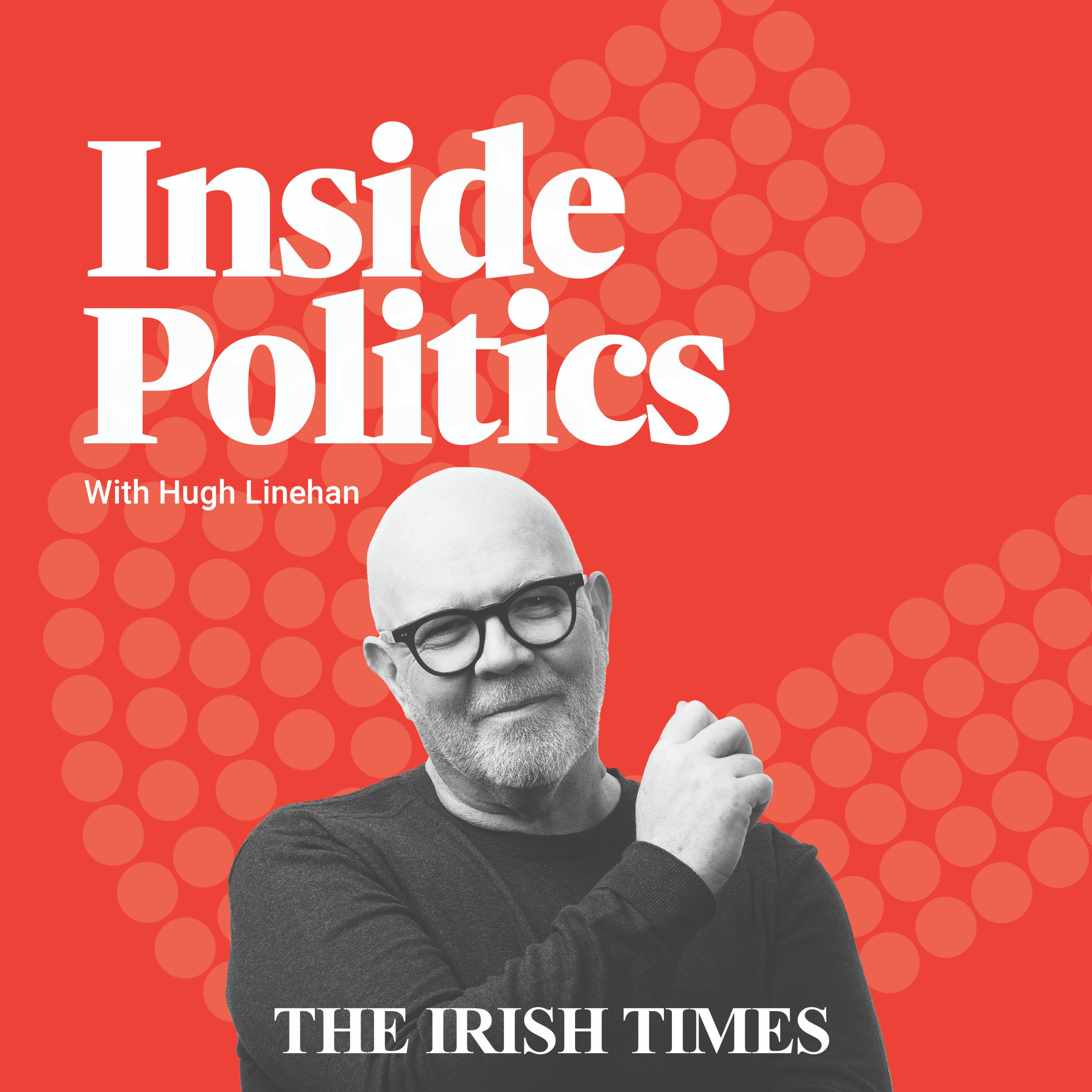Sinn Féin’s alternative budget is its last pitch to the public before the general election.
Approaching this task presented a double-edged sword for the party. It had to put its money where its mouth was in terms of delivering the many promises it had made to voters on housing, health, transport, income equality, and childcare.
Secondly, it also had to produce a document that would convince floating voters that the party could be trusted and get those with an inbuilt reluctance to Sinn Féin to overcome their fears.
That was always going to be a slightly harder argument for it to make, given its natural inclination to spend more than the Government parties.
READ MORE
So what can be said about its alternative package? It’s certainly big. The overall commitment is €12.4 billion, which is 50 per cent more than the Government’s package of €8.3 billion.
The second thing is that there is a definite swing to the left as the party moves to consolidate its core support in the face of changing political winds.
The big ticket item is its commitment to abolishing Universal Social Charge (USC) for income less than €45,000. USC has been a feature of the Irish fiscal set-up since the collapse of the Celtic Tiger and is popular with some economists because it widens the tax base to ensure that the vast majority of workers pay at least some tax.
It will initially scrap USC for earnings under €30,000 in 2025 (at €1 billion) and then gradually increase the threshold to €45,000 (just over €2 billion each year).
On the other hand, the party’s revenue-raising proposals focus largely on more taxes for higher earners. Those with income more than €145,000 would pay a solidarity tax of 3 per cent and tax credits would be removed on a tapered basis for those earning above €100,000.
Its budget also proposes an increase in residential stamp duty to 2 per cent for homes worth above €700,000 and to 5 per cent for properties valued at more than €1 million. The current rate is 1 per cent up to €1 million and 2 per cent after that. There’s also a new €400 property charge for those with a second home.
The net effect would be to narrow the tax base. The independent Parliamentary Budget Office in its pre-budgetary commentary said income tax receipts presented concentration risks.
Already, it said, the top 20 per cent of earners pay 79 per cent of total income tax receipts.
What Sinn Féin is proposing might not push high earners to a straining point but it will certainly narrow the tax base.
There are dozens of big spending proposals: a vow to pump an extra €4 billion into housing in 2025; abolish the TV licence; scrap student fees (a reduction of €1,500 in 2025); reduce childcare to €10 a day; make free school travel almost universally available; increase child benefit by €10 a month; and introduce average €12 increases in pension and social welfare.

Can Sinn Féin reverse its decline in popularity before the election?
Asked about the 5 per cent cap on increased spending recommended by the Irish Fiscal Advisory Council, Sinn Féin finance spokesman Pearse Doherty said the cap was arbitrary, having been introduced by Fine Gael and Fianna Fáil. He noted that neither party has abided by it and Sinn Féin does not agree with it. He said that the loss of revenue to the exchequer from USC cuts would be balanced by a growing economy. A surplus would still be produced, he predicted. Again during the conference, Doherty showed how big an asset he has been to the party across 15 years, in terms of giving its finance policies credibility.
The budget would leave an average worker at least €1,000 better off with the USC cuts, he said, as well as a €100 tax credit and the once-off cost of living measures. That is comparable to what is being promised by Minister for Finance Jack Chambers in Budget 2025.
The once-off measures are separate from the budget package and will cost an additional €2.3 billion (again a higher figure than is promised by the Government). That includes two separate double payments of child benefit in October and December, €450 electricity credits, and lump sum payments for those on welfare, pension and disability payments.
Sinn Féin spending more than Government parties has always been a given. The unknown for some voters is trusting it with taxpayers’ money to balance the books.
By a happy coincidence for the party, this was the week when three exemplars of wasteful public spending came to public attention: the behemoth of the national children’s hospital; the €336,000 Leinster House bicycle shed; and the €1.4 million security hut at Government Buildings.
They were referred to several times at the news conference. “We will not be sloppy and negligent with public money,” promised party leader Mary Lou McDonald. Be sure that Sinn Féin will pointedly refer to these three examples every time Fine Gael and Fianna Fáil say it can’t be trusted to run the economy.















